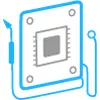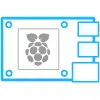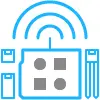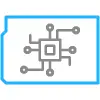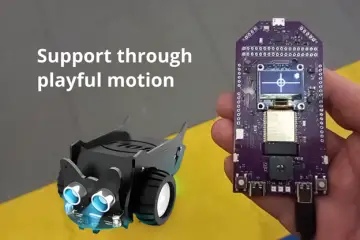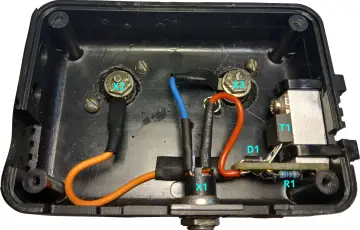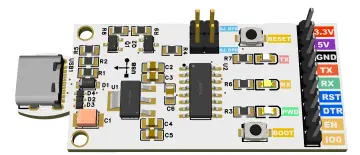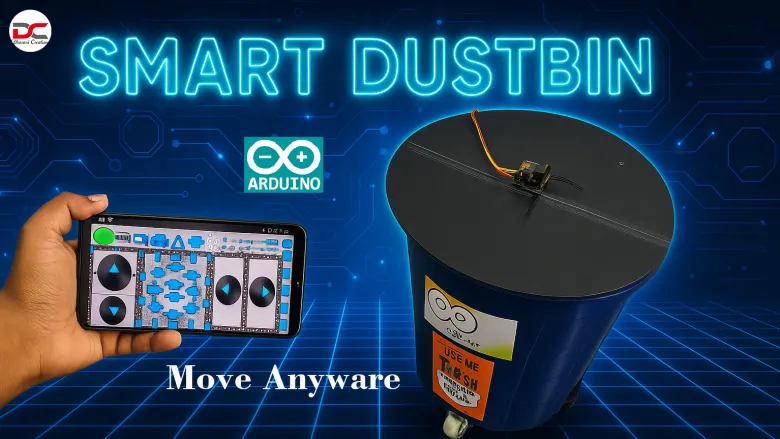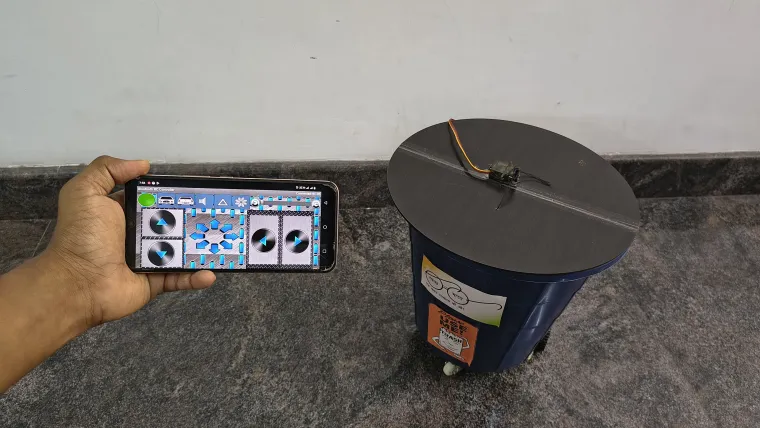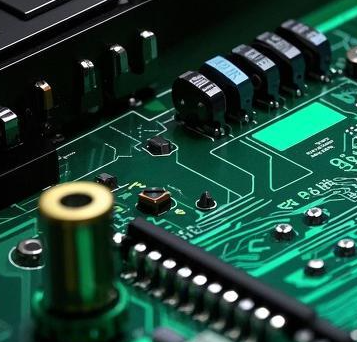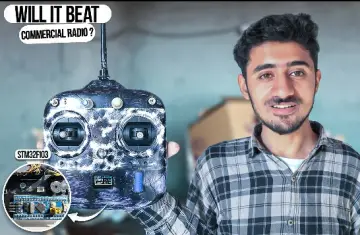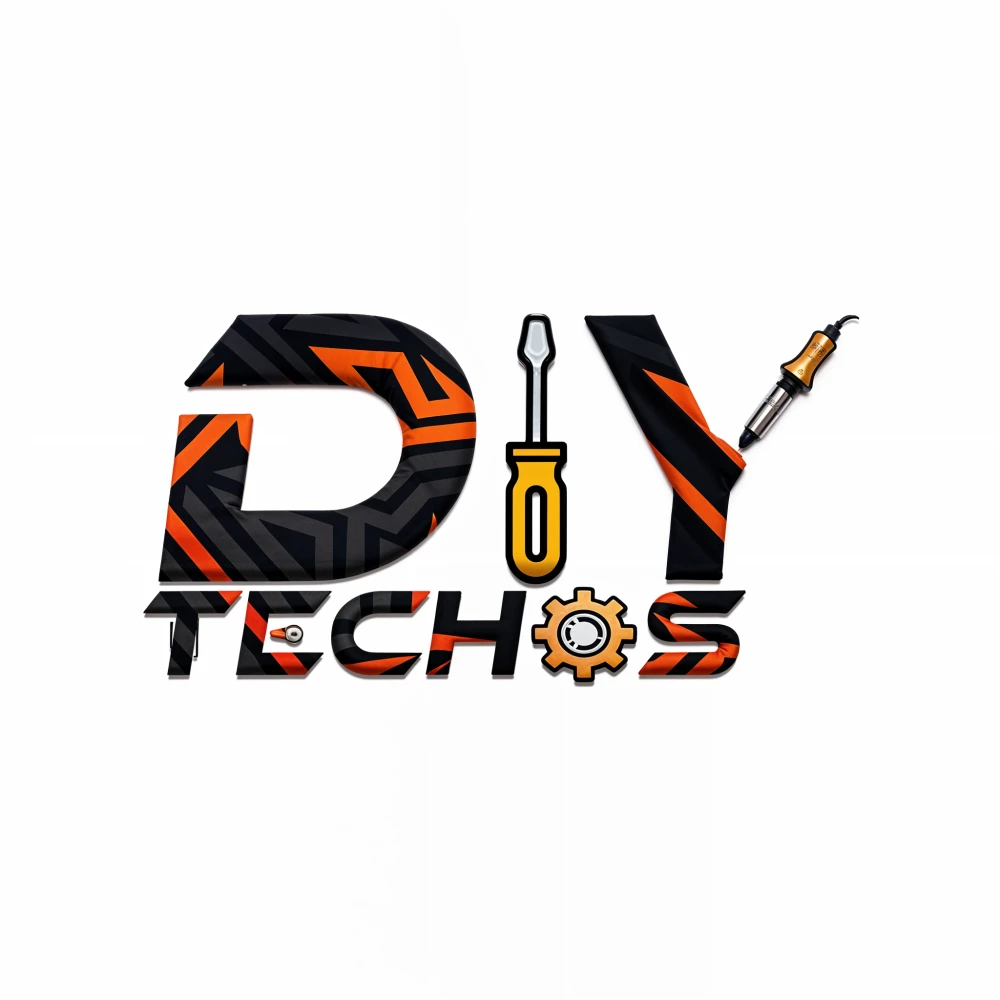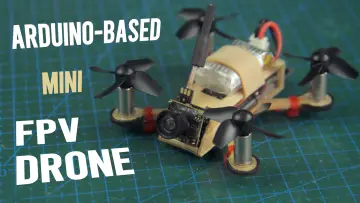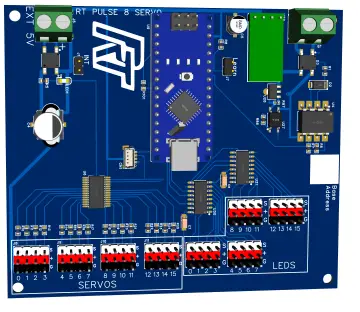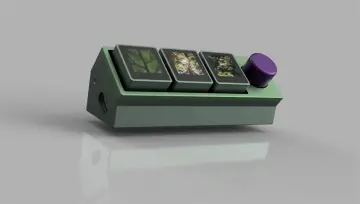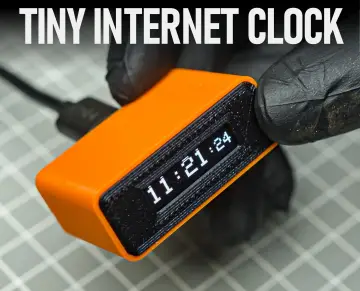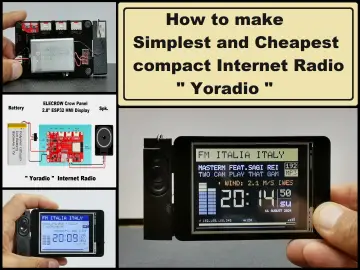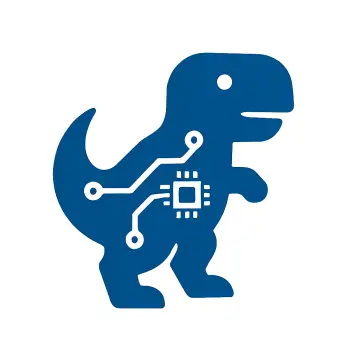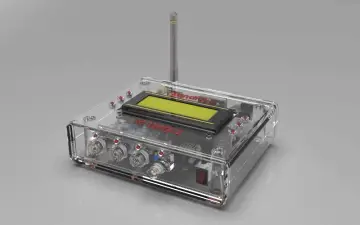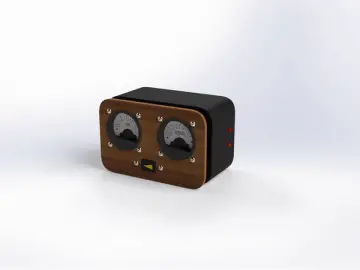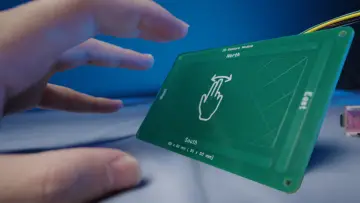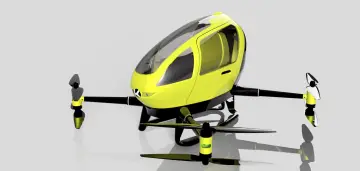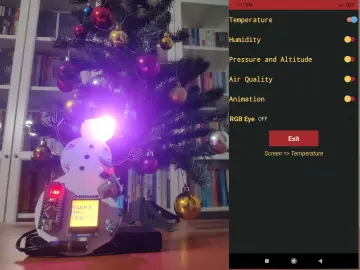Story
This is a “smart moving dustbin” (trash can) which can be controlled via smartphone (likely via Bluetooth or WiFi) and is capable of moving in all directions (forward, backward, left, right) under control.
So instead of being a static bin you toss waste into, this mobile dustbin can reposition itself when instructed (for example, to come closer to the user or follow them) using electronics and motors.
Key Features & Functionalities
From what can be inferred:
| Feature | Description |
|---|---|
| Smartphone control | You can send commands from your phone to move the dustbin (likely via Bluetooth or WiFi) |
| Omnidirectional movement | It can move forward, backward, left, right |
| Obstacle / sensing (possible) | The video probably includes sensors so the dustbin can detect obstacles or navigate safely (common in robotic systems) |
| Arduino-based | The control logic is handled by an Arduino microcontroller |
| Power & motors | Uses motors (DC motors or stepper motors) and a power source (battery) to drive movement |
| Chassis / mechanical structure | Has a frame or body that holds electronic components, wheels, etc. |
Components & Hardware (Likely / Inferred)
Based on typical robotics + Arduino projects and clues from the video title & description, the following hardware components are likely used:
| Component | Purpose |
|---|---|
| Arduino board (e.g. Arduino Uno / Nano) | Main controller that reads inputs and issues motor commands |
| Motor driver module (L298N, L293D, or similar) | To drive DC motors / motors with sufficient current |
| DC motors / gear motors / stepper / servo | To enable movement of wheels in multiple directions |
| Wheels / omni-wheels / caster wheels | Depending on design, to allow lateral or multi-direction movement |
| Power source (battery) | To power the motors and Arduino |
| Communication module (Bluetooth / WiFi / BLE) | To interface with smartphone for control |
| Sensors (optional) | Such as ultrasonic sensors, IR sensors, or encoders to detect obstacles or measure distance |
| Structural frame / body enclosure | To mount and protect all components and create the dustbin form |
Software & Logic Flow
Here’s a plausible architecture of the software / firmware logic:
-
Initialization
-
Configure motor driver pins, communication module (Bluetooth / WiFi), sensor pins.
-
Establish communication link with smartphone (pairing or connection).
-
-
Receive Commands from Smartphone
-
The smartphone app (or a custom UI) sends directional commands (e.g. “move forward”, “turn left”, “stop”, “move to me”, etc.).
-
The Arduino listens for these via serial interface over Bluetooth or WiFi.
-
-
Process Commands & Navigation Logic
-
Interpret commands and convert them into motor control signals (e.g. set speed, direction).
-
Possibly integrate sensor data (if sensors present) to avoid collisions or detect obstacles.
-
-
Motor Control
-
Use motor driver to drive the motors accordingly (forward, backward, left, right).
-
For example, differential drive (left and right wheels) or mecanum / omni-wheel designs for lateral movement.
-
-
Feedback / Safety
-
If sensors detect obstacle too close, stop or adjust path.
-
Possibly send feedback to smartphone (like “obstacle ahead”) or status updates.
-
-
Power Management
-
Monitor battery status (if implemented).
-
Ensure safe shutdown or alert if battery is low.
-
Possible Challenges & Considerations
-
Power & current demands: Driving motors, especially for movement, draws a lot of current. Adequate battery sizing and motor drivers are crucial.
-
Stability & balance: The dustbin must remain stable when moving, especially with weight of trash.
-
Sensor accuracy & collision avoidance: If the bin is moving in uncontrolled environments (e.g. indoors with furniture), robust obstacle detection is needed.
-
Latency / responsiveness: Communication lag between smartphone and Arduino should be minimal for smooth control.
-
Mechanical wear & durability: Wheels, joints, bearings need to be durable.
-
User interface: Designing an intuitive smartphone UI (buttons, joystick, etc.) for movement commands.
Potential Applications & Use-Cases
-
In smart homes or offices, this bin could come to the user (e.g. when hands are full).
-
In places where dustbins need moved frequently (e.g. events, hospitals) it could reposition itself to optimal locations.
-
Novelty / educational robotics project: combining smartphone control, robotics, and Arduino.



